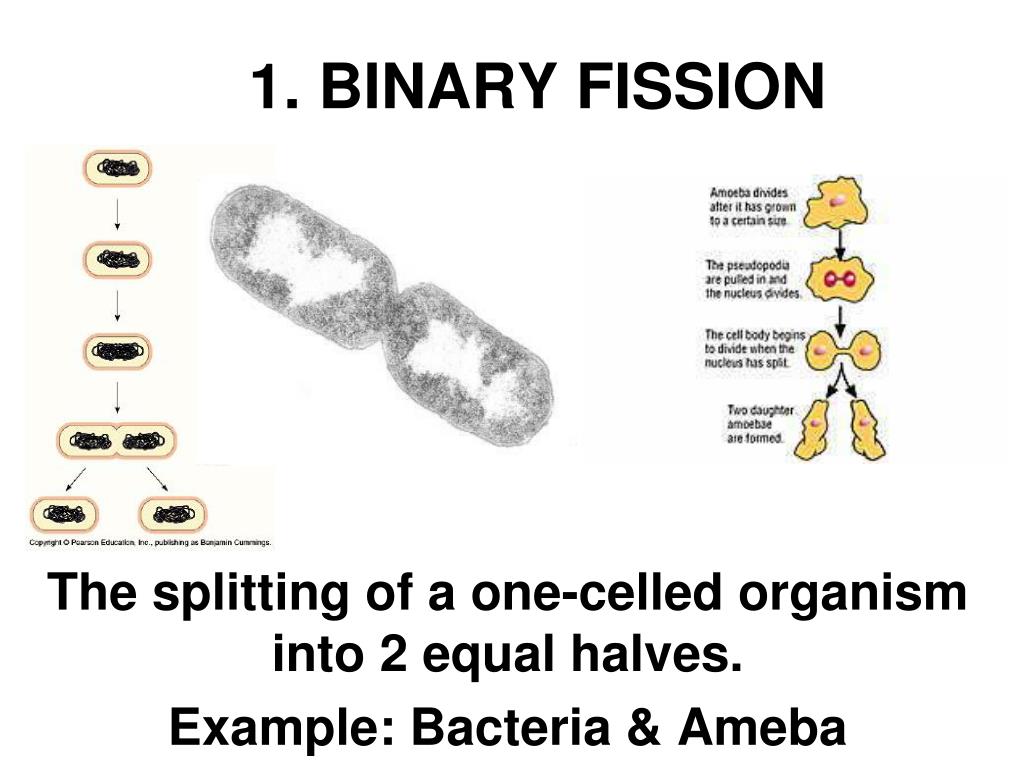

Prokaryotic cells, on the other hand, do not undergo karyokinesis and, therefore, have no need for a mitotic spindle. The precise timing and formation of the mitotic spindle is critical to the success of eukaryotic cell division. When the new cell walls are in place, the daughter cells separate. A septum is formed between the nucleoids, extending gradually from the periphery toward the center of the cell. Formation of the FtsZ ring triggers the accumulation of other proteins that work together to recruit new membrane and cell wall materials to the site. The formation of a ring composed of repeating units of a protein, FtsZ, directs the partition between the nucleoids.

After the chromosomes have cleared the midpoint of the elongated cell, cytoplasmic separation begins. As the cell elongates, the growing membrane aids in the transport of the chromosomes. As the new double strands are formed, each origin point moves away from the cell wall attachment toward the opposite ends of the cell.

Replication of the DNA is bidirectional, moving away from the origin on both strands of the loop simultaneously. The starting point of replication, the origin, is close to the binding site of the chromosome at the plasma membrane. The bacterial chromosome is attached to the plasma membrane at about the midpoint of the cell. Figure: Binary Fission: These images show the steps of binary fission in prokaryotes. The packing proteins of bacteria are, however, related to the cohesin and condensin proteins involved in the chromosome compaction of eukaryotes. Although the DNA of the nucleoid is associated with proteins that aid in packaging the molecule into a compact size, there are no histone proteins and thus, no nucleosomes in prokaryotes. The single, circular DNA chromosome of bacteria is not enclosed in a nucleus, but instead occupies a specific location, the nucleoid, within the cell. In unicellular organisms, daughter cells are individuals.ĭue to the relative simplicity of the prokaryotes, the cell division process, or binary fission, is a less complicated and much more rapid process than cell division in eukaryotes. In both prokaryotic and eukaryotic cells, the outcome of cell reproduction is a pair of daughter cells that are genetically identical to the parent cell. For unicellular organisms, cell division is the only method used to produce new individuals. Prokaryotes, such as bacteria, propagate by binary fission. Describe the process of binary fission in prokaryotes.
#Binary fission definition in biology plus
Plus some bacteria could be harmful (such as pathogens ) and would complicate the results of experiments when testing the efficiency of antibiotics or other anti-microbial compounds.\) If a specific bacterium is going to be cultured or grown, other contaminating bacteria would compete for nutrients in the broth or agar. Bacteria can be spread onto the plates, and allowed to form individual colonies of the specific bacterium. These must include: carbohydrates for energy, nitrogen for protein synthesis, plus other minerals.Īgar plates are created by pouring hot molten agar into sterile Petri dishes, which are then allowed to set. Nutrient broth solution or culture medium, allows a liquid or gel to provide all the nutrients needed for bacteria to grow successfully. There are many ways to culture bacteria, and these include: This level of replication will depend on the availability of nutrients and other suitable conditions such as temperature. Bacterial growth in cultures Bacterial growthīacteria can replicate approximately every 20 minutes by binary fission, which is a simple form of cell division.


 0 kommentar(er)
0 kommentar(er)
